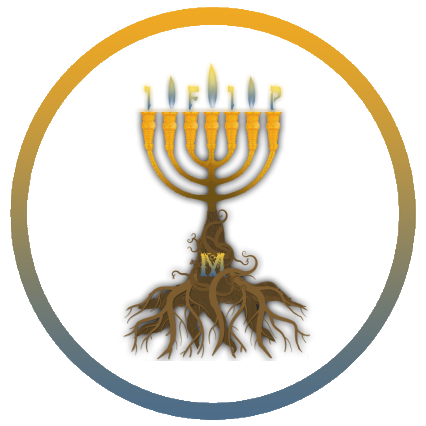“BaMidbar” means “in the wilderness” and it begins with a census being taken of the nation, particularly of men older than 20 years who can serve in combat. The total comes to 603,550 except Levites who cannot be counted for this purpose. After this more details are given for how the Levites are to maintain the Tabernacle and their own purity.
“BaMidbar” means “in the wilderness” and it begins with a census being taken of the nation, particularly of men older than 20 years who can serve in combat. The total comes to 603,550 except Levites who cannot be counted for this purpose. After this more details are given for how the Levites are to maintain the Tabernacle and their own purity.
“BeChukkotai” means “by/through My statutes,” referring to Abba YHWH’s judgments being “walked in” or followed. There is a distinction made between “laws” and “statutes” and “commandments” which we will look into later. This portion though goes beyond just listing a bunch of rules; it deals with the rewards for obedience and punishments for disobedience. Most striking of these enactments is the prediction in 26:34-35, where Israel is warned they will be vomited out of the land if they fail to keep the Land Sabbath. The 27th chapter has extensive details on the monetary values of making an oath of consecration regarding a person based on gender and age.
“BeChukkotai” means “by/through My statutes,” referring to Abba YHWH’s judgments being “walked in” or followed. There is a distinction made between “laws” and “statutes” and “commandments” which we will look into later. This portion though goes beyond just listing a bunch of rules; it deals with the rewards for obedience and punishments for disobedience. Most striking of these enactments is the prediction in 26:34-35, where Israel is warned they will be vomited out of the land if they fail to keep the Land Sabbath. The 27th chapter has extensive details on the monetary values of making an oath of consecration regarding a person based on gender and age.
“BaHar” means at the mountain, from which Abba YHWH gives this series of instructions. It concerns itself with the intricate Jubilee and Land Sabbath rules, which I will be discussing from Torah and giving my take on them in the Eternal Torah Calendar system.
“BaHar” means at the mountain, from which Abba YHWH gives this series of instructions. It concerns itself with the intricate Jubilee and Land Sabbath rules, which I will be discussing from Torah and giving my take on them in the Eternal Torah Calendar system.
“Emor” means “he said” and it is heavily concerned with purity regulations, but it then shifts into a bigger picture with restoring and re stating the sacred year. Abba YHWH does this to show the Israelites to know they renew their covenant by following His instructions, so He repeats these rules to reassure Israel their covenant continues.
“Emor” means “he said” and it is heavily concerned with purity regulations, but it then shifts into a bigger picture with restoring and re stating the sacred year. Abba YHWH does this to show the Israelites to know they renew their covenant by following His instructions, so He repeats these rules to reassure Israel their covenant continues.
“Kedoshim” means “you shall be Set-Apart.” This is a kind of “Cliff Notes” style discussion of some of the main themes of the overall Torah. It includes some of the Ten Words (Commandments) but not all of them and wraps around the ones it does include with either brief application advice or other commands that the text didn’t have the chance to get to yet. Also stay tuned for the “deep dives” of Video #4, first with the timing of Passion Week and a very rare astronomical event and next with the stunning vision that is the 153 Code!
“Kedoshim” means “you shall be Set-Apart.” This is a kind of “Cliff Notes” style discussion of some of the main themes of the overall Torah. It includes some of the Ten Words (Commandments) but not all of them and wraps around the ones it does include with either brief application advice or other commands that the text didn’t have the chance to get to yet. Also stay tuned for the “deep dives” of Video #4, first with the timing of Passion Week and a very rare astronomical event and next with the stunning vision that is the 153 Code!
From deep clues from Noah’s Flood to the death and resurrection of Yeshua the Messiah, explore the surprising history of Pesach from beginning to end!
“Aharei Mot” means “after the death,” referring to the demise of Aaron’s sons Nadab and Abihu who offered fire in a way not sanctioned by Abba YHWH. The portion begins with the purification measures that Aaron and his remaining sons need to go through to rectify the evil that was done in Abba YHWH’s sight. Once done, additional purity regulations are given on how native Israelites are to slaughter and handle blood. Abba YHWH then opens the last chapter in this portion by reminding Israel that they are not to do the practices of the peoples either from where they came from (Egypt) or where they are going (Canaan) but must remain a Set-Apart people. In order to do this, the portion closes with additional regulations of proper and improper sexual conduct.

